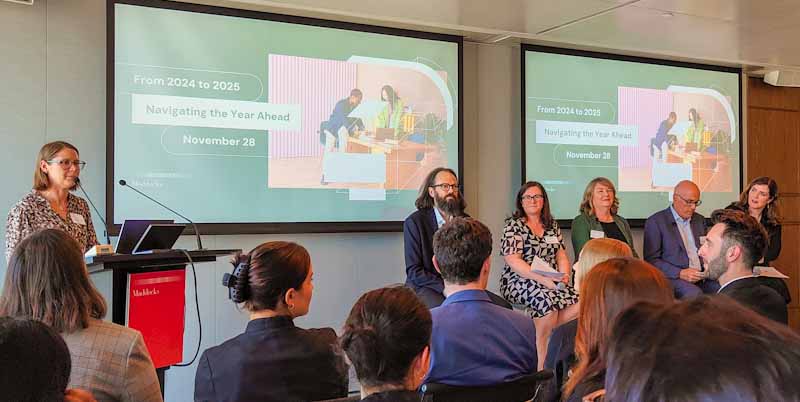For personal reasons, Joe Calafiore, Chief Executive Officer of WorkSafe Victoria, announced his departure today after less than eighteen months. Narelle Beer departed in mid-2024.
Calafiore said in a staff email that:
“This job is 100% or nothing, and at this stage I am unable to commit the full focus that the role requires.”
WorkSafe Victoria Chair Bob Cameron told staff:






